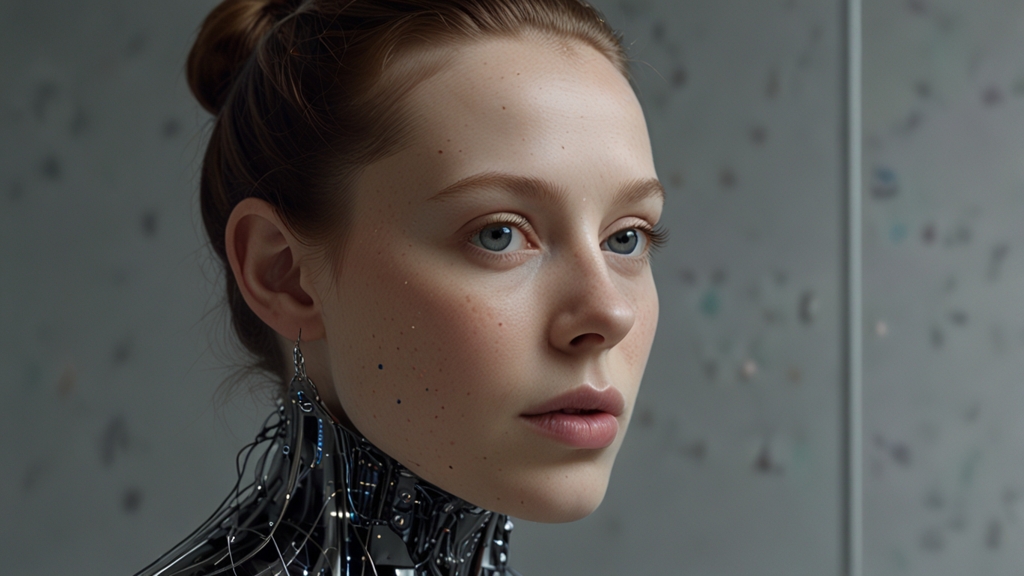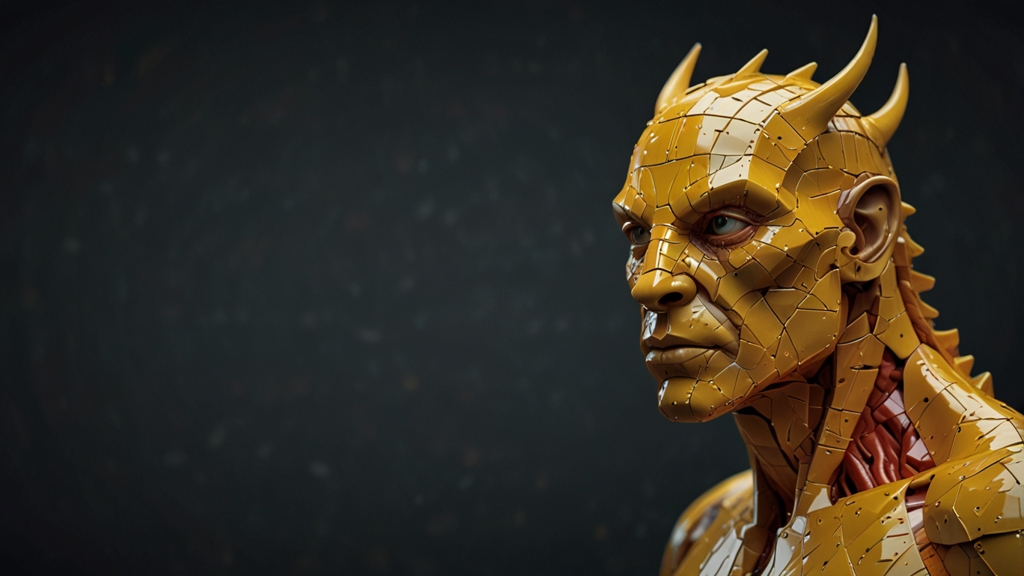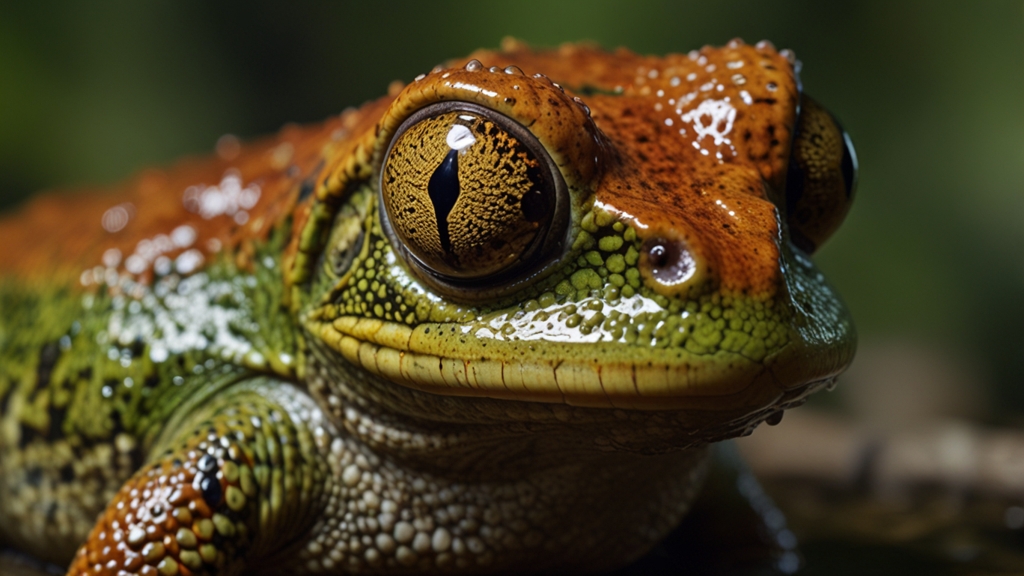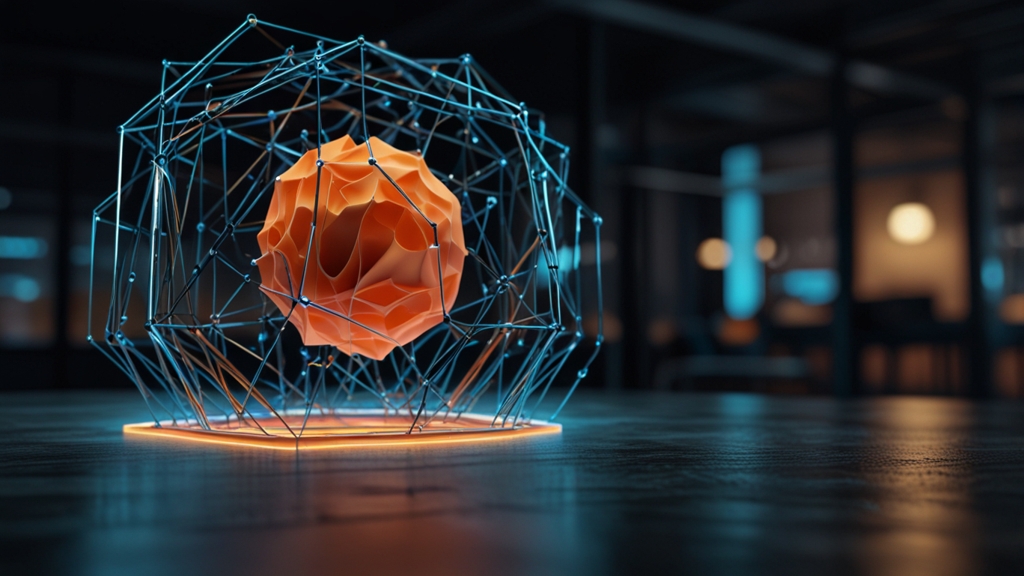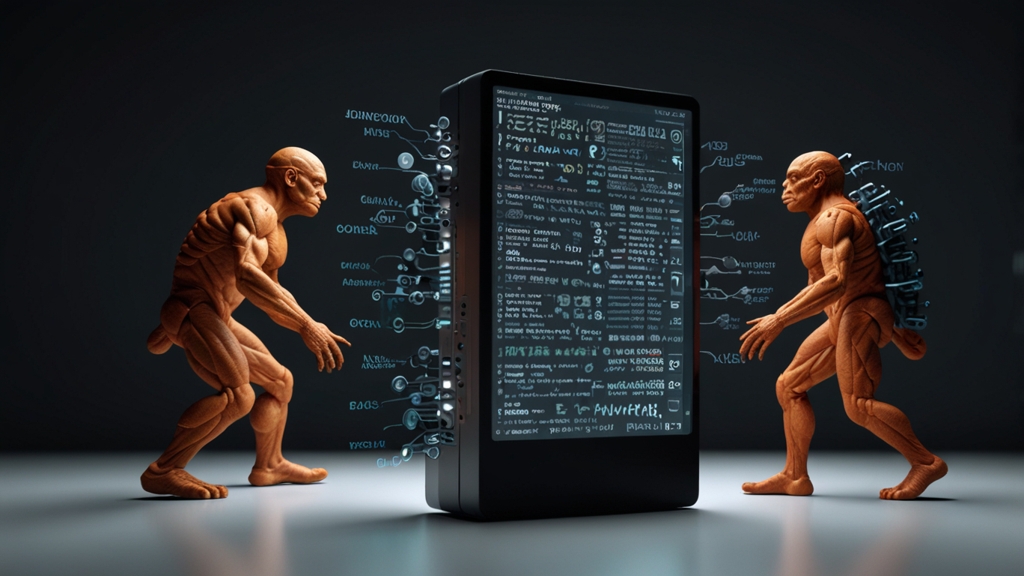When AI Meets Creativity: The Surprising New Collaborations
In the rapidly evolving landscape of artificial intelligence, the intersection of AI and creativity has become a hotbed for innovation and unexpected synergies. What happens when machines start to collaborate with humans on creative tasks? The answer, it seems, is a new realm of possibilities that are both intriguing and transformative. Here, we explore some of the most surprising and compelling ways in which AI is revolutionizing the creative process.
Transforming Art with Algorithms
One of the most fascinating aspects of AI in the creative field is its ability to generate art. Systems like DeepArt and DALL-E2 leverage deep learning to create visually stunning pieces that often blur the line between human and machine origins. What sets AI-generated art apart is not just its aesthetic value but also its ability to push the boundaries of conventional art forms.
Artists and AI-driven algorithms now collaborate to produce hybrid works, where the creative intent of the human merges with the computational power of the machine. This partnership enables artists to experiment with new styles and techniques that were previously inconceivable.
AI does not replace artists but rather empowers them to stretch their imagination further, opening new avenues for creativity and expression.
Redefining Music Composition
The music industry is another domain experiencing a profound impact from AI. Applications like AIVA and Amper Music utilize AI to compose original scores and songs. These tools analyze thousands of pieces of music to understand patterns and structures, enabling them to generate compositions that can evoke a wide range of emotions.
Musicians can use these AI-generated bases as a starting point for their compositions, adding their unique touch to create richer, more complex pieces. The collaborative process between AI and musicians is not about replacement but about augmentation.
The integration of AI in music composition is akin to having an ever-evolving, non-human collaborator who brings fresh ideas and perspectives to the table.
Revolutionizing the Written Word
Writing, both fiction and non-fiction, has also felt the influence of AI. Tools like GPT-4 can generate coherent text, assist in brainstorming, and even mimic the narrative style of famous authors. These capabilities are particularly useful for writers facing writer's block or those looking to explore different writing styles.
While AI-generated text might lack the nuanced depth that only human experience can provide, it serves as an excellent tool for ideation and content generation. Writers can use AI to draft articles, create story outlines, or even co-write narratives, enriching the creative process.
AI acts as an intellectual partner, helping writers navigate the challenges of creativity while preserving the authenticity of human touch.
Pioneering New Frontiers in Design
In the field of design, AI tools like Autodesk's Dreamcatcher and Adobe’s Sensei are enabling designers to create complex structures and visuals that would be challenging to achieve manually. These AI systems can analyze vast amounts of data to suggest optimal designs based on specific criteria, such as sustainability, material efficiency, and aesthetic appeal.
Designers can then refine these suggestions, combining their artistic vision with machine precision. This synergy results in innovative designs that are not only functional but also visually striking.
The Ethical Implications
While the marriage of AI and creativity offers exciting possibilities, it also raises ethical questions. Issues such as copyright, authorship, and the potential devaluation of human creativity need to be carefully considered. As AI continues to evolve, it's crucial to establish guidelines that ensure fairness and respect for human creators.
The role of AI in creative fields is not to overshadow human ingenuity but to complement and enhance it. By embracing these technologies responsibly, we can harness their potential to unlock new dimensions of creativity and innovation.
Conclusion
When AI meets creativity, the outcomes are not just more efficient or optimized but often groundbreaking. The collaborations between humans and machines are redefining the limits of what we can achieve, turning science fiction into reality. As we navigate these uncharted waters, the blend of creative intuition and computational power promises a future where the possibilities for artistic expression are virtually limitless.
